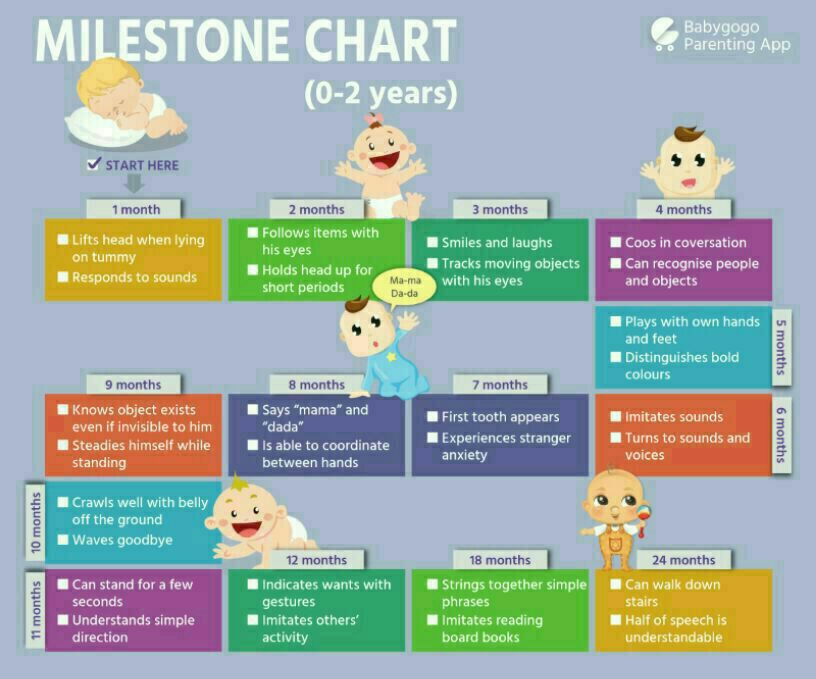How to care for a special needs child
Tips for Caring for a Disabled Child
Raising or caring for a child with special needs is far from easy. However, along with the frustration and feelings of isolation comes the incredibly rewarding experience of watching your child grow, learn, and achieve new milestones—even if they are sometimes delayed.
It’s important to realize that you don’t have to get through the rough patches alone. There are support groups, other parents of special needs children, and disability services for children that you can access. Whether you turn to a doctor, a friend, a family member, a church group, or another community, there are so many resources available to help you tackle what sometimes can feel like an insurmountable task. To help, we’ve compiled a list of some of our favorite tips for caring for a child with disabilities.
1. Understand the Diagnosis
You need to have a crystal clear understanding of your child’s diagnosis. Read, research, ask questions, and take notes that you can refer back to later. Your child’s doctor is an excellent source. The internet has a wealth of information, too, but make sure that you are getting it from verified and trusted sources. Anything with a “.org” or “.gov” is a good place to start.
Ask yourself these questions as you research your child’s condition:
- What are the symptoms, side-effects, and complications associated with this diagnosis?
- How will this diagnosis impact my child’s development and ability to care for themselves?
- What treatments are available for this diagnosis?
- Are they research-backed and thoroughly tested?
- Are they covered by insurance/Medicaid?
- What modifications can I make to my home or my lifestyle that will benefit my child?
- Is there any medication, treatment, or equipment I can pursue to make my child more comfortable and enrich their life?
One way to check your understanding is to explain it to yourself as you would to a young child.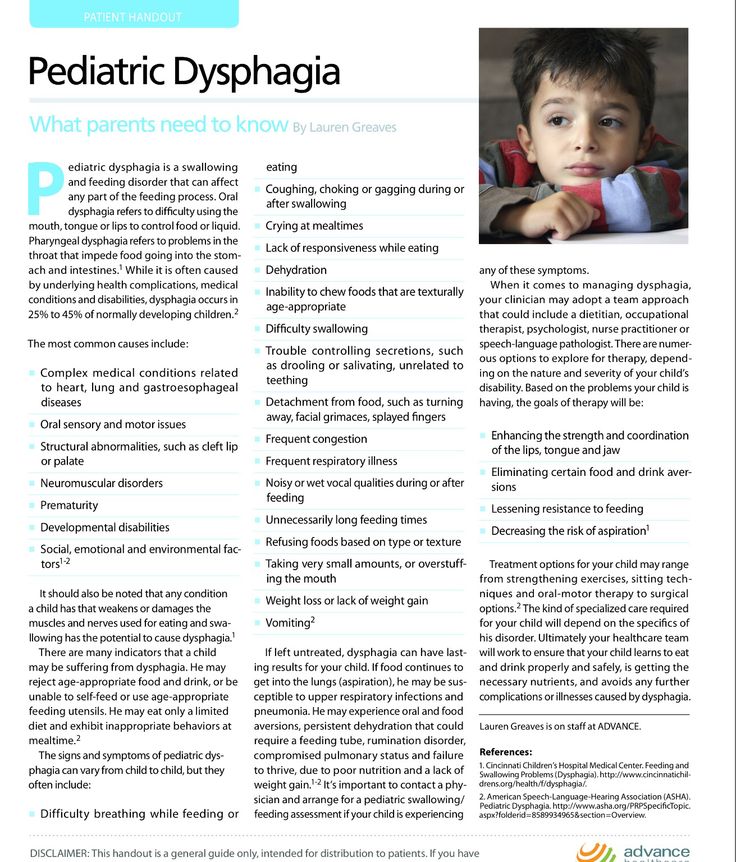 If you can’t break down the diagnosis into its simplest terms, you may not have a complete grasp of it. Additionally, many children often have more than one diagnosis. Make sure you understand each one, including how they may impact or interact with one another.
If you can’t break down the diagnosis into its simplest terms, you may not have a complete grasp of it. Additionally, many children often have more than one diagnosis. Make sure you understand each one, including how they may impact or interact with one another.
2. Know Your Caregiving Team Lead
Other than yourself or your spouse, who is the lead on your child’s care? Is it your child’s pediatrician, therapist, or caseworker? If you are part of the Arkansas PASSE system, it may be your care coordinator. Whoever it is, you need to know and have an open line of communication with the person who will review all the tests, treatments, and medications, and help you put the puzzle pieces of the bigger picture together.
Obviously, as your child’s primary caregiver, you will also need to have a handle on these pieces. However, you cannot interpret the medical tests, psychological evaluations, etc., alone. You need a healthcare professional who can see and understand the care plan in its entirety.
Once you know who your champion is, don’t assume that they know what their role is. Talk to them about it and make sure that you’re on the same page. Make sure you have their buy-in—if they don’t want to be your team captain, you’ll need to find another provider.
3. Understand Your Child’s Special NeedsThis is different from understanding your child’s diagnosis. Knowing why they act, look, or move the way they do is not the same as knowing how to help. Ask yourself, “What are the main issues my child is facing?”
Their special needs can manifest in several ways: difficulty with changes in routine, fear of physical contact, dislike of loud noises, need for extra time in school, inability to complete certain physical tasks, and more. Identifying their needs helps you—and everyone you and your child interact with—understand the unique challenges they face, regardless of their diagnosis.
Speech therapy, physical therapy, and occupational therapy for children with disabilities can all help you to meet your child’s individual needs. Remember—you are not alone. Knowledge is power, and the more you know about your child and their special needs, the easier it will be to meet those needs and help them thrive.
Remember—you are not alone. Knowledge is power, and the more you know about your child and their special needs, the easier it will be to meet those needs and help them thrive.
We all have our strengths and our weaknesses. To our kids, we may appear superhuman, but we are all too aware that we’re just people. But, that’s okay; it’s okay to not get everything right the first time. Grant yourself a little grace, and try to focus on how you can best help and support your child.
Maybe you have a knack for helping with speech therapy or coming up with creative motor skills activities. Maybe you’re able to understand complex medical information. Maybe you’re someone who never gives up, and it makes you an excellent advocate for your child. Maybe your gift is being able to calm a tantrum or see exactly what your child is trying to communicate. Whatever your strengths may be, be honest about them and throw yourself into those activities.
But, what about your weaknesses? Maybe you’re intimidated by doctors, you freeze when your child has a meltdown, or you’re easily frustrated by medical and legal jargon.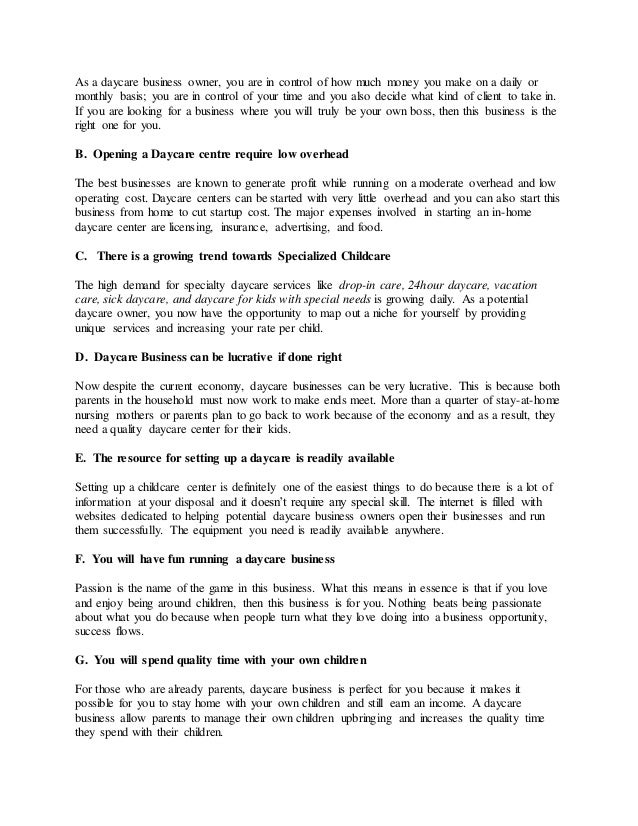 Don’t worry—you’re only human. These are just areas where you could use a little extra help. This is when you reach out to those support systems we mentioned before.
Don’t worry—you’re only human. These are just areas where you could use a little extra help. This is when you reach out to those support systems we mentioned before.
Try to fill in your weak spots with strategies, services, and supplemental caregivers. For example, if you have trouble loading and unloading the car with your child’s wheelchair or other mobility devices, consider transportation services. If you know you have a hard time keeping up at the doctor’s office, record your appointments so you can listen back to the doctor’s comments about the diagnosis and treatment options. Take small steps to strengthen yourself in areas that can use improvement, and don’t be afraid to ask for outside help.
5. Don’t Try To Do It Alone
We’ve mentioned this in several other sections, but it’s so important we decided to give it its own number. You do not have to do this alone. We know it can be difficult to admit the depth of your child’s difficulty—and the difficulty you have dealing with it. But admitting these things can be the first step in getting support for them.
But admitting these things can be the first step in getting support for them.
Be honest about your child’s challenges and needs so the people around you can see what you’re going through. They can’t help if they don’t understand the depth of the challenge you’re facing. If family and friends don’t fully understand (which can happen), join a support group in your area, or find one online. Other caregivers of kids with special needs understand exactly how you feel and know the challenges you face. Often they can offer advice and tips for making your and your child’s life easier.
There are also many disability services for children in Little Rock, including developmental day treatment clinic services, daycares specifically for children with special needs, and in-home care providers who can offer help and respite care.
Disability Services for Children in Little Rock
If you are looking for a special needs child daycare in Little Rock, Integrity Inc. can help. Contact us online or call 501-406-0442 today.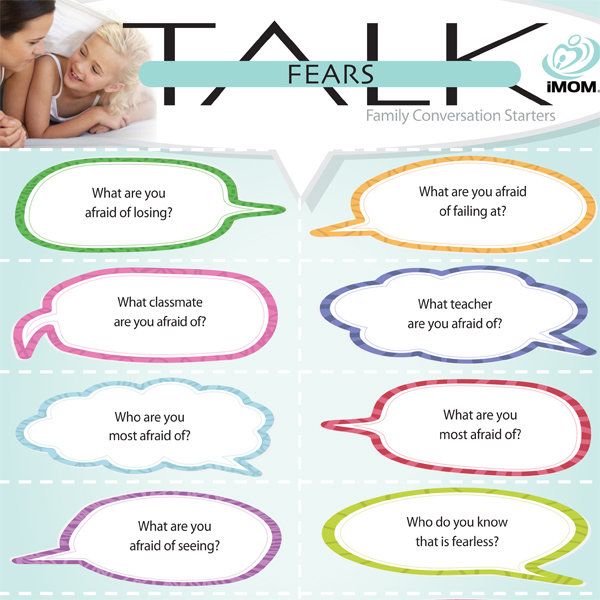 We offer occupational therapy, child care, and other in-home care services for those with developmental or intellectual disabilities.
We offer occupational therapy, child care, and other in-home care services for those with developmental or intellectual disabilities.
8 Important Tips For Working With A Special Needs Child - Friendship Circle
Special Education
Now that my 11 year old son is able to participate in more community activities, I am often asked, “Do you have any tips for working with Louie?”
As the population of children with special needs continues to grow, more and more scout leaders, soccer coaches, religious education instructors, librarians, music teachers and other adults are finding themselves working with these children for the first time.
Many of these adults are volunteers who generously give their time and expertise; others are highly trained in their field, but have little or no knowledge of disabilities.
Here are eight important tips you should pass on to people who will be working with your special child.
1. InteractThe biggest mistake that adults make when they meet someone like Louie is failing to interact with him.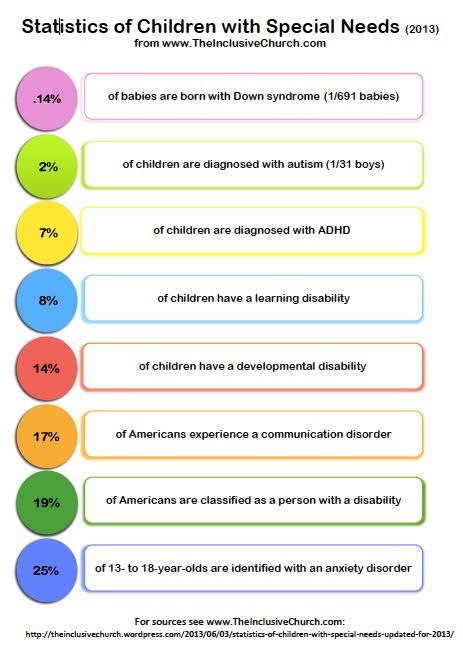 Usually they try asking him a question (he hates questions, he won’t answer), then the adult gives up and starts talking to me. One time a person shouted questions at him from across a field and couldn’t understand why Louie ran away!
Usually they try asking him a question (he hates questions, he won’t answer), then the adult gives up and starts talking to me. One time a person shouted questions at him from across a field and couldn’t understand why Louie ran away!
The same rules of polite conversation apply to adults and children. First, introduce yourself and explain how you are connected to the child. Depending on the child’s special needs, it may be necessary to take the child’s hand, place a hand on the child’s shoulder or even touch each other’s faces to make a proper introduction.
Then explain the activity that you will be doing with the child. Explain the different steps of the activity, including the beginning and the end – while making as much eye contact as possible.
2. ObserveSome children with special needs perceive sensory input in different ways and may be unable to verbalize discomfort. Remember that all behavior is communication. Always keep a lookout for these differences and think about what the child’s behavior is communicating to you. If you’re not sure what you’re seeing, ask the child’s parents or other adults for advice.
If you’re not sure what you’re seeing, ask the child’s parents or other adults for advice.
My son had a negative experience in an adapted swimming class many years ago. The children in the class ranged in age from 3 to 18, and the two instructors had the children sit on the edge of the pool with their feet in the water while they took turns working individually with each child.
There were several problems with this plan. First, the water was deep and the children sitting at the edge were in constant danger of falling in. Second, the children were shivering while they waited for their turn, which heightened their anxiety and overall discomfort. Third, the younger children all cried when one of the instructors swam up and suddenly scooped them into the water away from their parents.
All of these problems could have been avoided easily with common sense: put safety first and arrange the environment for physical and emotional comfort.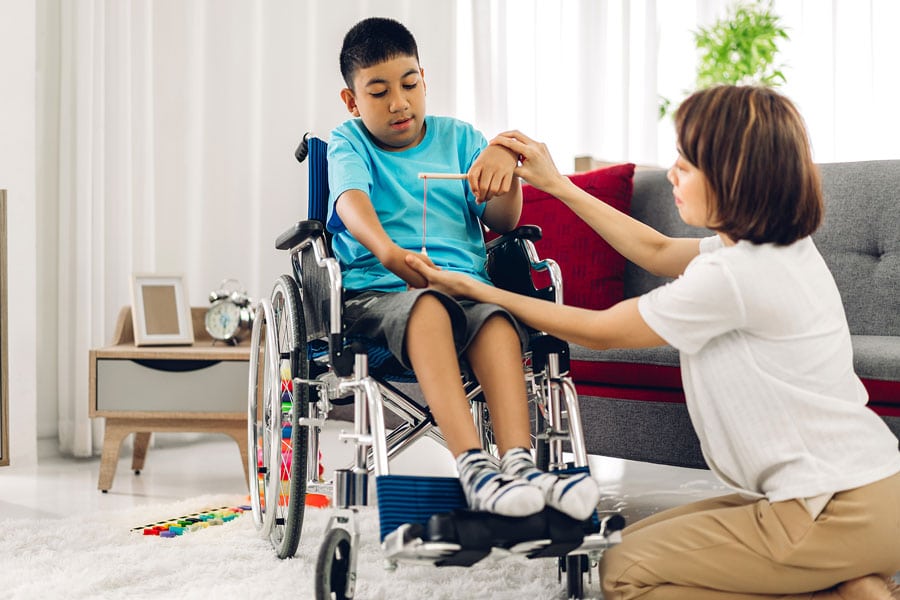
By contrast, the Inclusion Basketball League at the Friendship Circle was a model of common sense and positive support. On the first day, pairs of children practiced passing the ball to each other to build up their confidence. Adults circulated around the gym to make sure everyone was safe and having a good time. Children who needed a break had space to relax. During the game that day, each child had a chance to throw the ball and score.
4. Be FlexibleSome adults say that they will not change the way they do things to accommodate one person in a group. But the whole point of teaching is to use a variety of methods to help another person understand and master new skills. For example, if a child refuses to let go of a parent, bring the parent into the activity for a few minutes to reduce anxiety, then fade out the parent.
If a child does not have the appropriate motor skills for an activity, help the child go through the motions and assign a buddy to help the child practice on the sidelines for a few minutes. In a religious education class, a child may have difficulty understanding some concepts; but when those same concepts are presented in a game or hands-on art project, they make more sense.
In a religious education class, a child may have difficulty understanding some concepts; but when those same concepts are presented in a game or hands-on art project, they make more sense.
If a set of rules is presented to the group, apply those rules consistently to everyone. Years ago I signed up my son for a preschool martial arts class. On the first day, the instructor explained to students and parents that if a child was having any type of behavior issue, he would ask the parent to sit with the child.
Throughout the lesson, my son Louie was squirming and had difficulty understanding the rapid directions. I waited for the instructor to wave me in. Instead the instructor told my son that he would have to leave the class if he could not sit still. After class I waited for all of the other families to leave so that I could have a private conversation with the instructor about his inconsistency.
When I signed up Louie for a pottery class a few years later, Louie had an instructor who stated all of his expectations and the day’s schedule at the beginning of class.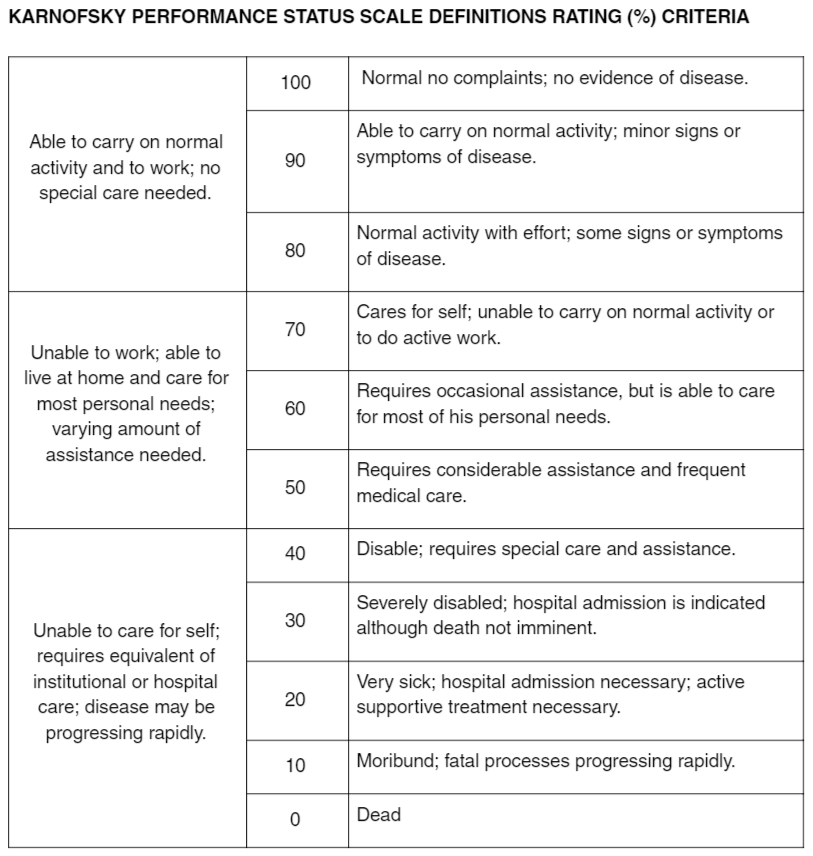 The instructor kept track of the students like Louie who needed extra support and assigned teaching assistants to sit with those students. My son flourished in this classroom because of the instructor’s consistency – even though the instructor had no previous experience with students with disabilities.
The instructor kept track of the students like Louie who needed extra support and assigned teaching assistants to sit with those students. My son flourished in this classroom because of the instructor’s consistency – even though the instructor had no previous experience with students with disabilities.
Having the right cues in an environment can mean the difference between participation and non-participation for many children with special needs. I bring a camera everywhere and get photos of my son’s regular routines and favorite places. Louie sorts through the photos in an album or on the computer; sometimes we make the photos into a storybook about an activity.
We also use index cards with simple written instructions to help Louie remember the rules for appropriate behavior – if your child does not read, substitute a hand-drawn cartoon or other picture for the words.
Yesterday I was volunteering in the school library and I heard a first grade teacher softly singing instructions to her students. As soon as she started singing, every single student became quiet and attentive. Other auditory cues are clapping, snapping or whistling. I used to have a neighbor who whistled a unique tune to call his children home to dinner every evening. It worked every time – his children responded by whistling the same tune as they ran home.
As soon as she started singing, every single student became quiet and attentive. Other auditory cues are clapping, snapping or whistling. I used to have a neighbor who whistled a unique tune to call his children home to dinner every evening. It worked every time – his children responded by whistling the same tune as they ran home.
Tactile cues such as gently touching a person’s shoulder, offering a blanket or other soft fabric, or providing silly putty are easy ways to mark a transition and get a person’s attention. On a few occasions I have seen people try to grab or push Louie to get his attention during an activity, which is never a good idea. He loses his balance easily, and it only confuses him without re-directing his attention.
7. Have a plan. And a back-up plan.You know what they say about the best-laid plans. In the world of special needs, there is always a Plan B, and usually a Plan C. Make sure that there is space to calm down and move freely if things go badly. Think about what each participant can do instead of focusing on what they can’t contribute.
Think about what each participant can do instead of focusing on what they can’t contribute.
A positive attitude is the single most important quality for anyone who works with children with special needs. I’ve seen highly trained specialists unable to interact with Louie because of their negative attitude and assumptions. But some people with no experience or knowledge of his disability have jumped right in and changed his life for the better. That’s why we keep signing up for more activities. We might even end up in an activity with you someday.
What tips do you share with volunteers and professionals who are working with your child? Tell us in the comments below.
Care for these special children. Your baby from birth to two years
Care for these special children
With such children, the attachment parenting approach truly shines. It gives you the ability to understand your child's special needs, as if you had a sixth sense.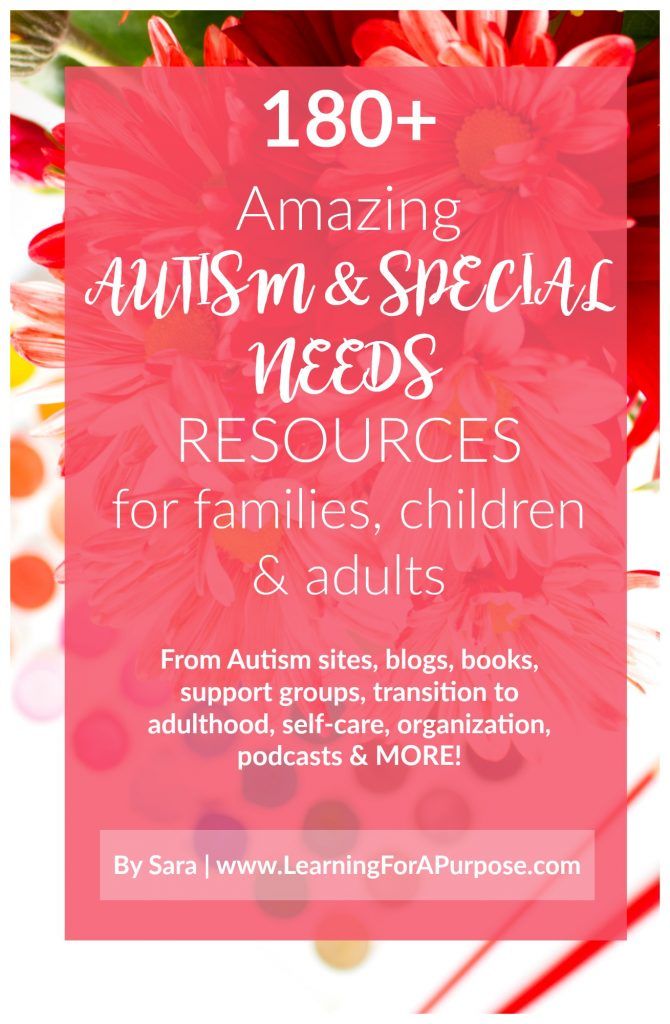 You will need a deeper intuition and observation, because the signs given by your child may not be very easy to understand at first.
You will need a deeper intuition and observation, because the signs given by your child may not be very easy to understand at first.
If you evaluate how your child looks or behaves in comparison to other children, you will break your heart into pieces. Faced with the fact that I became the parent of a child with special needs, every time I examined the child in my office, I thought: “But our child is not at all like this and behaves differently from this one.” In fact, I filled my head with thoughts that made my heart ache that our child is worse than other children. The real breakthrough came when I was able to focus on the special qualities of our child, and not on what he lacks in comparison with other children.
Find out how you can get help in your area, such as early learning programs. Consider joining a support group for parents of children with Down syndrome if there is one in your area. You will be surprised what practical advice and discoveries will be shared with you by parents who have gone through the same situations as you, coped with difficulties and even received a lot from them, who are able to share their experience.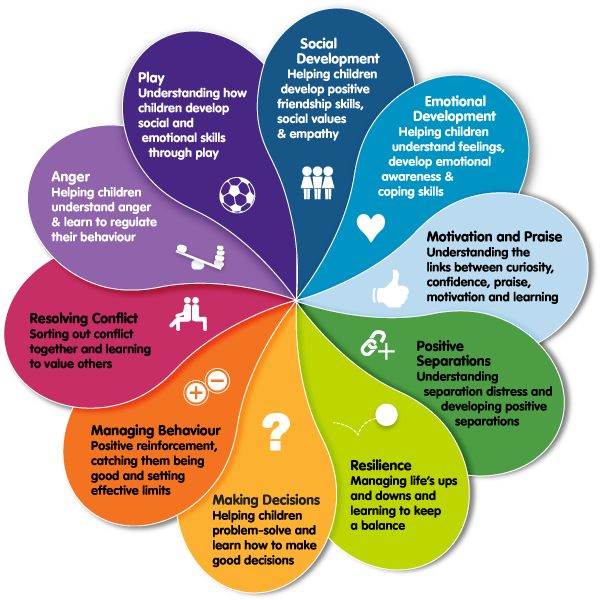 One mother of a child with Down's Syndrome wrote to us: "Stefan will bring flashes of color into your life that you never knew existed." Some parents rush straight to support groups and government agencies and find out as much as they can about how to raise a child with special needs. Other parents feel more comfortable choosing only three or four sources of support because they have decided that it would be better for their family if all lives did not revolve around Down syndrome and if they instead let their child with special needs into the main stream of family life . They feel that this approach puts more emphasis on the individuality of their special child. For example, when Stefan stroked my cheek with his palm, the tenderness of his soft, gentle hand was unlike any other touch I had ever experienced. Children with special needs can bring special gifts to the family. I know from experience that parents who practice natural parenting find harmony with their child with special needs and develop incredible sensitivity towards him.
One mother of a child with Down's Syndrome wrote to us: "Stefan will bring flashes of color into your life that you never knew existed." Some parents rush straight to support groups and government agencies and find out as much as they can about how to raise a child with special needs. Other parents feel more comfortable choosing only three or four sources of support because they have decided that it would be better for their family if all lives did not revolve around Down syndrome and if they instead let their child with special needs into the main stream of family life . They feel that this approach puts more emphasis on the individuality of their special child. For example, when Stefan stroked my cheek with his palm, the tenderness of his soft, gentle hand was unlike any other touch I had ever experienced. Children with special needs can bring special gifts to the family. I know from experience that parents who practice natural parenting find harmony with their child with special needs and develop incredible sensitivity towards him. This sensitivity carries over into their social, marital, and professional lives. This sensitivity also proves to be contagious for older children. Raising a child with special needs is the responsibility of the whole family. I have noticed more than once that when older siblings begin to help care for their brother or sister with special needs, there is not a trace of their usual self-centeredness and selfish nature, which allows them to become caring and sensitive children, showing miracles of self-giving. In general, a child with special needs is able to raise the level of sensitivity of the whole family.
This sensitivity carries over into their social, marital, and professional lives. This sensitivity also proves to be contagious for older children. Raising a child with special needs is the responsibility of the whole family. I have noticed more than once that when older siblings begin to help care for their brother or sister with special needs, there is not a trace of their usual self-centeredness and selfish nature, which allows them to become caring and sensitive children, showing miracles of self-giving. In general, a child with special needs is able to raise the level of sensitivity of the whole family.
On the other hand, caring for a handicapped child can cause discord in family life. It is necessary to maintain some balance in caring for a child. Some mothers focus entirely on the special needs of their child and move away from the needs of other family members. It is natural for a mother of a child with special needs to feel, “My child needs me so much; and my husband is already a big boy and can take care of himself. ” Both spouses need to take care of each other so that together they can take better care of their child.
” Both spouses need to take care of each other so that together they can take better care of their child.
Advice to friends and relatives. The worst thing you can do is express sympathy to the parents of a child with Down syndrome. Statements like, “I’m so sorry…” are humiliating for a child, just like their parents. In the end, the mother gave birth to a child, perhaps not quite "normal" by our standards, but a unique person who will contribute to this family and society. After the birth of our child, when a string of friends reached out, the sweetest thing I remember was from the lips of a grandmother who raised many children, who said this: “My wish for you is to receive joy from your special child.”
This text is an introductory fragment.
Shoe care
Shoe care Shoes - this is the wardrobe item that you do not need to save on. Firstly, good shoes will cost you less than badly made shoes that will have to be changed several times a season. Secondly, high-quality shoes will keep your feet dry and
Firstly, good shoes will cost you less than badly made shoes that will have to be changed several times a season. Secondly, high-quality shoes will keep your feet dry and
Hair care
Hair care Like any other part of the body, hair needs nutrition, cleanliness and care. They receive nutrition through a complete diet of the baby, which supports the normal functioning of the whole organism. Stimulation of the blood vessels of the hair roots occurs
Chapter 1 General care of newborn children
Chapter 1 General care for newborn children Meeting a newborn baby at home The first month of a child's life is the most responsible. After birth, his body adapts to the new conditions of existence. At this age, body functions and immunity are still
Dental care
Dental care Brush your teeth to remove plaque, the invisible film of bacteria that forms on your teeth. Brushing your teeth should be at least 2 times a day - 5 minutes in the morning after sleep and 5 minutes in the evening before going to bed. Before and after brushing teeth
Brushing your teeth should be at least 2 times a day - 5 minutes in the morning after sleep and 5 minutes in the evening before going to bed. Before and after brushing teeth
Personal care
Personal care It is necessary to start taking care of your appearance now, while you do not have big problems, and it is still far from age-related changes in appearance. The main thing that you need to master at this stage is to accustom yourself to the daily performance of cosmetic and
Facial care
Facial care To properly care for the skin of the face, the first step is to determine its type. Facial skin is normal, dry, oily and mixed (combined). In addition, she can be sensitive and prone to irritation. What kind of skin do you have, maybe
Hair care
Hair care Beautiful and lush hair - many girls dream of this, but only a few have them.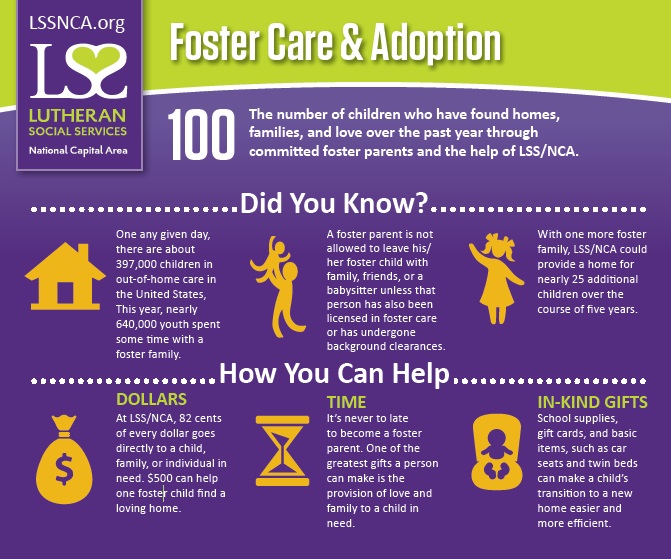 Of course, some are lucky with hair: they are thick, soft and silky from birth. At the same time, nothing has to be done to make the hair look like
Of course, some are lucky with hair: they are thick, soft and silky from birth. At the same time, nothing has to be done to make the hair look like
Hand care
Hand care The skin of the hands needs care no less than the skin of the face. You are always doing something with your hands: washing clothes, washing dishes, cleaning furniture, wielding a needle, fiddling in the ground... The skin of your hands is constantly exposed to various substances, including harmful ones.
Foot care
Feet care "My poor legs! Who will take care of you now? Who will put stockings and shoes on you? I can’t reach you now, my dears, ”Alice lamented from L. Carroll’s fairy tale“ Alice in Wonderland ”. And she added: “Still, you need to be kinder to them, otherwise
Care of introverted children
Caring for Introverted Children Educators and nannies, as well as members of their own family, can develop warm and close relationships with introverted children. A good nanny can become a friend of the family and can often offer something to a child that parents cannot. That's why not
A good nanny can become a friend of the family and can often offer something to a child that parents cannot. That's why not
Raising a child with special needs
Raising a child with special needs Raising a child with a “special capacity” must surely bring out the best and the worst of parenting. Parents try to make up for the missing child, surrounding him with immeasurable love and increased0003
Tips for raising a child with special needs
Tips for raising a child with special needs The principles of parenting described in the pages of this book apply to children with special needs. Just apply them in a special way. Consider the following points: Children with special needs need
9. Licking and Grooming
9. "Lick and care" Much of the new information about childhood and poverty uncovered by psychologists and neuroscientists could be discouraging for anyone trying to improve the prospects of disadvantaged children.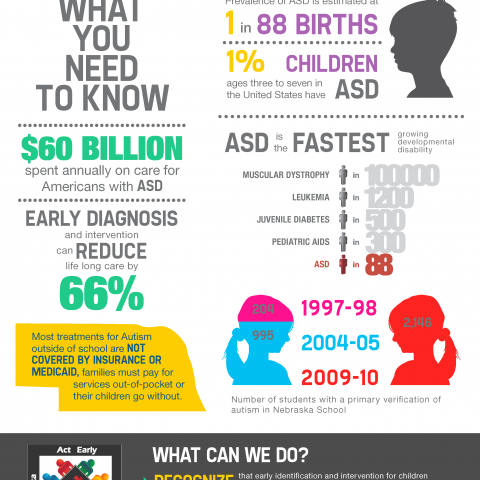 We now know that childhood stress can literally
We now know that childhood stress can literally
Nail care
Nail care Some newborns enter the world with nails so long that they have to be trimmed right away to keep them from scratching their faces. Get ready for your newborn's nails to grow very quickly, and don't be afraid to cut them. If you are scared
How to care for the oral cavity of children with special needs?
The condition of the oral cavity in children with disabilities in most cases is much worse than that of their peers. With cerebral palsy and a number of other diseases, the coordination of the facial muscles is often impaired, and the mobility of the tongue is limited, which causes problems with swallowing and chewing, children cannot independently get rid of food debris stuck and stuck to the teeth, caries develops. In children with disabilities, bruxism is often observed, which leads to gradual abrasion of the enamel. Milk teeth in babies with cerebral palsy erupt later, and diseases of the oral mucosa develop more often [1] .
Milk teeth in babies with cerebral palsy erupt later, and diseases of the oral mucosa develop more often [1] .
The task of parents focused on the fight against the underlying disease is to follow the rules of oral hygiene and care for children with disabilities, and regularly seek professional dental care.
Dental care methods
If the child can take care of himself, he should be taught how to brush his teeth using the KAI or Marthaler method. Otherwise, parents themselves must master the Marthaler method. Unlike the standard method, in these variants, cleansing begins with the masticatory (pits and tubercles), and not the vestibular (front) surface, since children are especially diligent at first and can easily damage the periodontium [2] . It is important that there are at least 10 movements for each treated area.
Marthaler method of brushing teeth
[2] :-
Clean the chewing surface of the teeth with horizontal reciprocating movements, first from right to left on the upper jaw, then from left to right on the lower jaw.
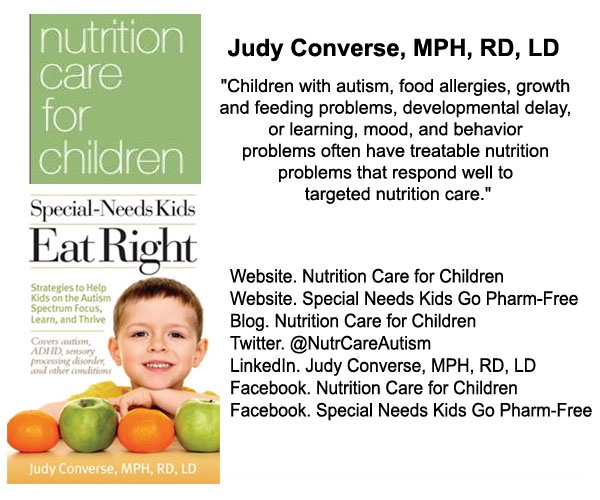
-
The child needs to open his mouth, close his teeth and relax his cheeks. With vertical zigzag movements, clean the vestibular surface of the teeth, simultaneously capturing the upper and lower rows and moving from right to left.
-
Clean the oral (inner) surface of the teeth with short vertical up and down strokes.
KAI brushing method
[2] :-
Clean the chewing surface of the teeth with short horizontal movements, first from right to left on the upper jaw, then from left to right on the lower jaw.
-
The child needs to open his mouth and close his teeth. In a circular motion, clean the vestibular surface of the teeth, simultaneously capturing the upper and lower teeth and moving from right to left.
-
Sweep vertically from the gum to the edge of the crown to clean the oral surfaces of the teeth, first from right to left on the upper jaw, then from left to right on the lower jaw.

To prevent the child from choking on paste and water while brushing, the child's head should be tilted forward 20-25 degrees [3] . You can put the child on your lap or in a stroller. If he holds his head unstable, put it on his elbow and carefully control the opening of his mouth with the fingers of this hand. A gentle massage will help to slightly relax the tense muscles of the cheeks and lips. An irrigator is suitable for rinsing your mouth. To prevent the child from swallowing water with paste, you can help him a little: quickly tilt his head back and immediately tilt forward [4] .
If a child with a disability can take care of himself, start brushing his teeth in a sequence of movements and constantly verbalize your actions. When the child gets used to it, teach him to hold the brush with you, and after a while brush his teeth completely independently under your control [3] .
It is important that the child is not afraid and is involved in the process as much as possible: let him squeeze out the paste or turn on the tap, play with a toothbrush, brush your teeth for you. Sit so that he can watch the water run down the sink. Make brushing a ritual by giving your baby a clear signal, such as a sound effect, to signal the start of the procedure [4] .
Sit so that he can watch the water run down the sink. Make brushing a ritual by giving your baby a clear signal, such as a sound effect, to signal the start of the procedure [4] .
Choosing a toothpaste
For the correct selection of toothpaste appropriate for the age and condition of the child, it is advisable to consult a dentist. The doctor will offer a fluoride-containing toothpaste to reduce the spread of caries, taking into account the individual norm [5] .
Choosing a toothbrush
Depending on the characteristics of the child and his readiness for oral hygiene, the following can be used as a toothbrush:
-
Special silicone fingertip toothbrushes [3] .
-
Manual toothbrushes. Head size and bristle stiffness depend on the age, sensitivity and oral health of the child [3] . You can pick up a toothbrush with your favorite cartoon character.
-
Electric toothbrushes.
 They were originally designed for people with disabilities. These brushes make cleaning easier and more efficient. Children usually like the vibration and brushing their teeth turns into an exciting game [4] .
They were originally designed for people with disabilities. These brushes make cleaning easier and more efficient. Children usually like the vibration and brushing their teeth turns into an exciting game [4] .
Treatment of children with special needs in a dental clinic
One of the key points is the choice of a specialist. If possible, it is worth contacting dentists who have experience working with children with special needs. It is worth looking for contacts on specialized forums or talking with parents of children with similar disorders.
Before the appointment, it is necessary to tell the doctor in detail about the health problems and behavior of the baby, so that the specialist can choose an approach that will help to cooperate with the child and make the work productive [6] . So, unfamiliar smells, loud sounds, incomprehensible tools in the office can cause sensory overload in a child, which often develops into hysteria.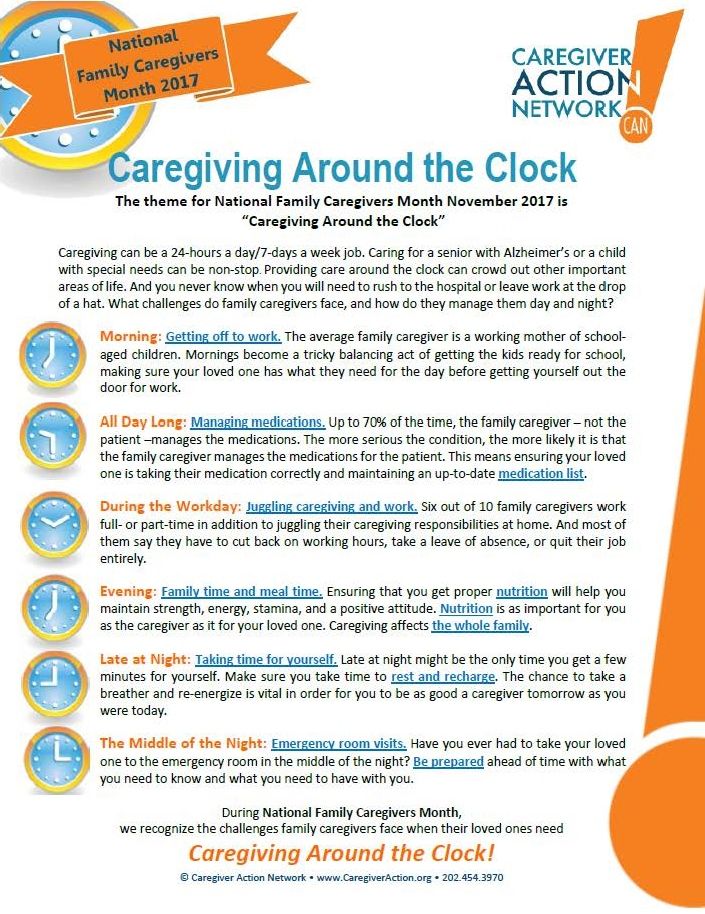 Therefore, the American Speech, Language, and Hearing Association (ASHA) invites parents to work with their dentist to develop a [7] adaptation plan.
Therefore, the American Speech, Language, and Hearing Association (ASHA) invites parents to work with their dentist to develop a [7] adaptation plan.
Features of a visit to the dentist by a child with cerebral palsy:
-
To avoid a gag reflex, it is better to take it in the morning after a light breakfast. A teenager may be given an antiemetic up to an hour before his appointment [8, 9] .
-
It is necessary to determine whether the child will sit in a wheelchair or a dental chair.
-
Stabilize the head and torso.
-
If necessary, secure the legs and arms.
-
Use a mouth opener to prevent involuntary closure of the mouth.
Following these guidelines and regular dental check-ups can help keep your child with special needs healthy and avoid long and expensive dental treatments.
List of sources:
-
Chuykin OS, Galeeva RR, Galeeva ZR Prevention and treatment of dental diseases in children with cerebral palsy // Modern problems of science and education.
 - 2015. - No. 5.; URL: http://www.science-education.ru/ru/article/view?id=21587 (date of access: 01.10.2020).
- 2015. - No. 5.; URL: http://www.science-education.ru/ru/article/view?id=21587 (date of access: 01.10.2020). -
Terekhova T. N., Losik I. M. A method for preventing dental caries and periodontal diseases in children suffering from cerebral palsy // Instructions for use, Belarusian State Medical University, Minsk, 2012. URL: https://www.bsmu.by /downloads/vrachu/instrukcii/s2.pdf (date of access: 01.10.2020).
-
Akhtyamova Yu. A., Lipes Yu. V. Developmental care for children with severe and multiple developmental disorders. Part 2. URL: https://city-yaroslavl.ru/upload/iblock/869/uhod_za_detmi_s_narushen2.pdf (Accessed 01.10.2020).
-
I will help you! Development of young people with cerebral palsy: a guide for parents and professionals. - M., 2019. - 72 p. URL: https://admpereslavl.ru/userfiles/%D0%A0%D0%B0%D0%B7%D0%B2%D0%B8%D1%82%D0%B8 %D0%B5%20%D0%BC%D0%BE%D0%BB%D0%BE%D0%B4%D1%8B%D1%85%20%D0%BB%D1%8E%D0%B4%D0 %B5%D0%B9%20%D1%81%20%D1%86%D0%B5%D1%80%D0%B5%D0%B1%D1%80%D0%B0%D0%BB%D1%8C%D0%BD%D1 %8B%D0%BC%20%D0%BF%D0%B0%D1%80%D0%B0%D0%BB%D0%B8%D1%87%D0%BE%D0%BC%20%D0%BF %D0%BE%D1%81%D0%BE%D0%B1%D0%B8%D0%B5%20%D0%B4%D0%BB%D1%8F%20%D1%80%D0%BE%D0 %B4%D0%B8%D1%82%D0%B5%D0%BB%D0%B5%D0%B9%20%D0%B8%20%D1%82%D0%B5%D1%80%D0%B0 %D0%BF%D0%B5%D0%B2%D1%82%D0%BE%D0%B2%20%D0%BD%D0%B0%20%D1%80%D1%83%D1%81%D1 %81%D0%BA%D0%BE%D0%BC%20%D1%8F%D0%B7%D1%8B%D0%BA%D0%B5.
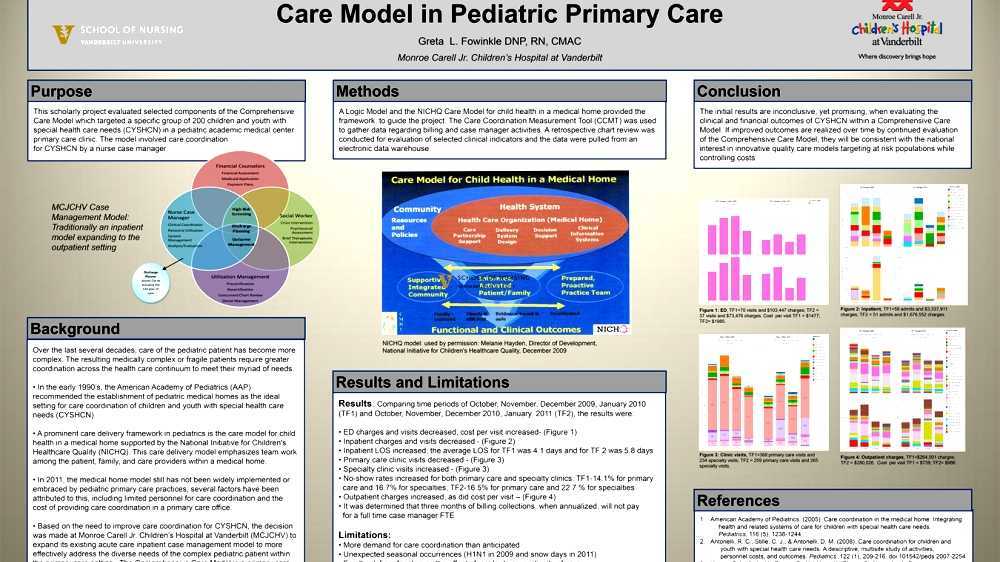 pdf (accessed 10/01/2020).
pdf (accessed 10/01/2020). -
Shakovets N. V. Hygienic oral care in young children // Modern Dentistry, No. 1, 2012. URL: https://cyberleninka.ru/article/n/gigienicheskiy-uhod-za-polostyu-rta- u-detey-rannego-vozrasta/viewer (accessed 10/01/2020).
-
Belousova E. Yu. Optimization of dental sanitation in children with disabilities // Abstract of the dissertation for the degree of candidate of medical sciences, Nizhny Novgorod, 2020. URL: http://www.ma.cfuv.ru/docs/252557 /%D0%90%D0%B2%D1%82%D0%BE%D1%80%D0%B5%D1%84%D0%B5%D1%80%D0%B0%D1%82%20%D0% BD%D0%B0%20%D1%81%D0%BE%D0%B8%D1%81%D0%BA%D0%B0%D0%BD%D0%B8%D0%B5%20%D0%BA% D0%B0%D0%BD%D0%B4%D0%B8%D0%B4%D0%B0%D1%82%D0%B0%20%D0%BC%D0%B5%D0%B4%D0%B8% D1%86%D0%B8%D0%BD%D1%81%D0%BA%D0%B8%D1%85%20%D0%BD%D0%B0%D1%83%D0%BA%20-%20 %D0%91%D0%B5%D0%BB%D0%BE%D1%83%D1%81%D0%BE%D0%B2%D0%B0%20%D0%95.%D0%AE.pdf (accessed: October 1, 2020).
-
Dental Care for Children with Disabilities // Reiter & Walsh, PC.










